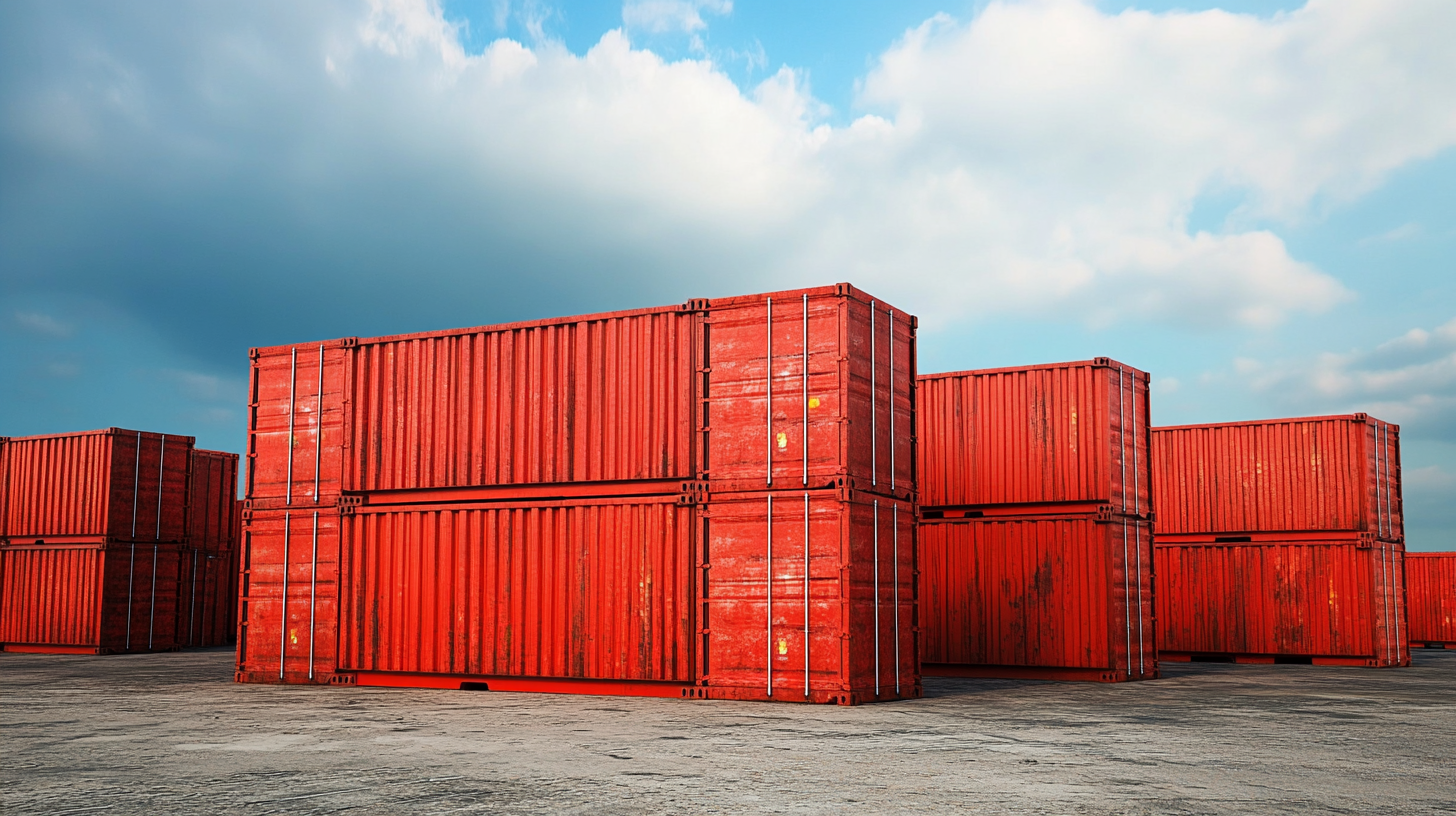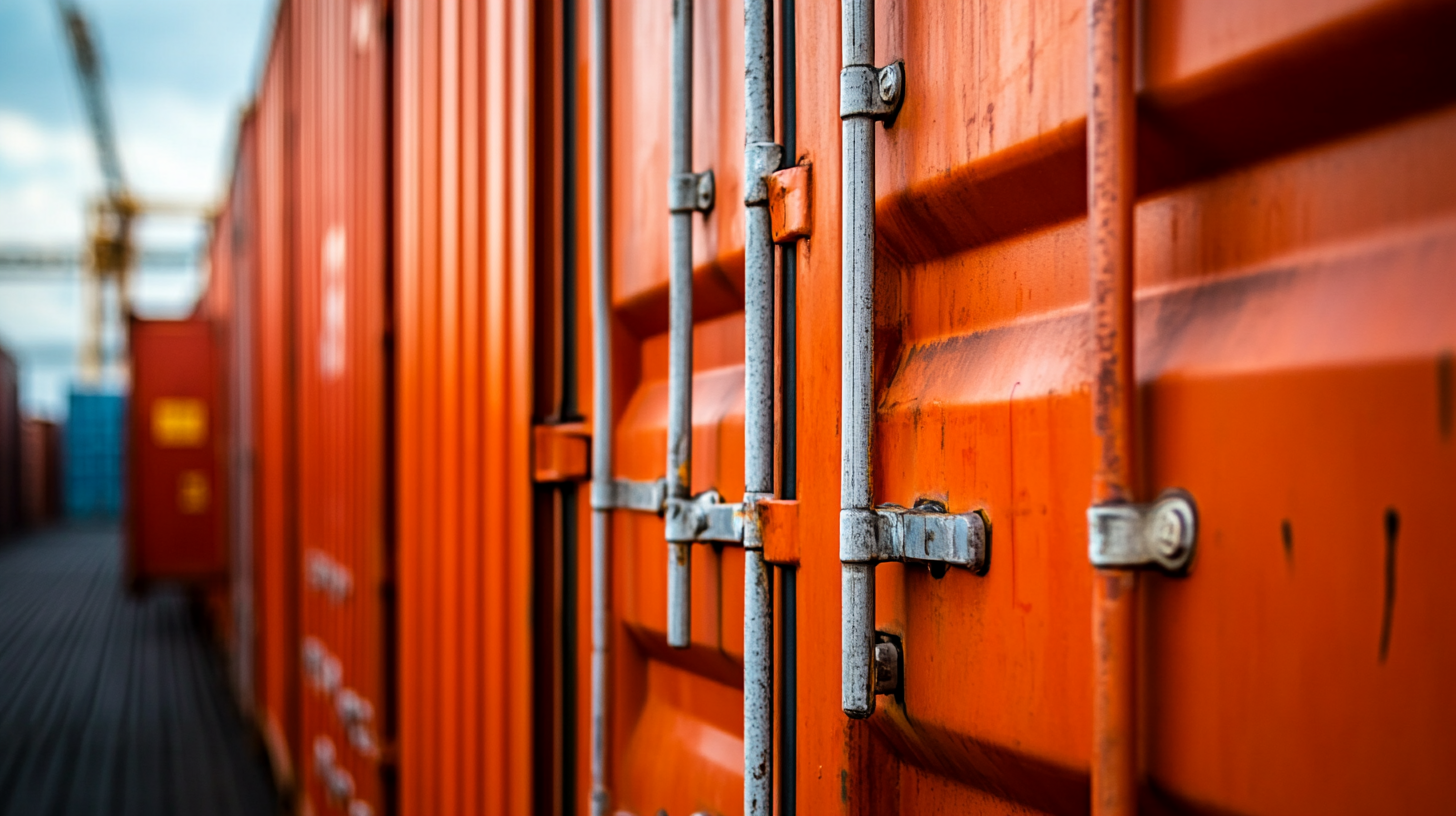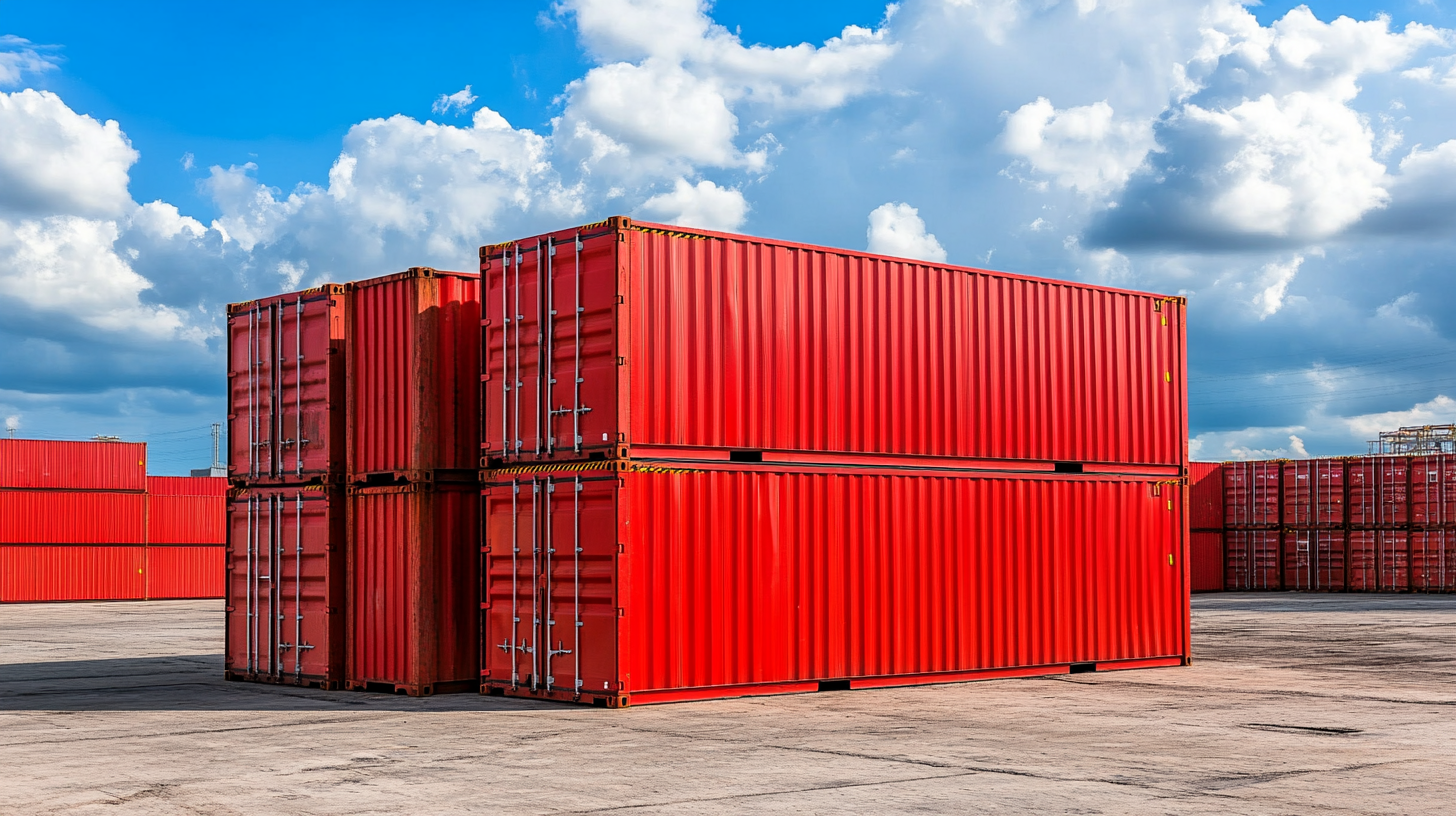In the face of escalating tariffs and trade tensions between the United States and China, the resilience of China's manufacturing sector has become a focal point of discussion. Despite the challenges posed by these economic hurdles, many Chinese manufacturers are innovating and adapting to sustain growth. One critical element contributing to this ongoing success is the efficient use of Industrial Containers, which play a vital role in streamlining logistics and enhancing productivity across various industries. These containers not only facilitate safer and more effective transportation of goods but also support manufacturers in mitigating the impacts of tariffs by optimizing supply chains. As China continues to leverage its strengths in manufacturing and logistics, the strategic use of Industrial Containers emerges as a key factor in driving continued expansion and competitiveness in the global market.

In an era marked by escalating US-China tariffs, the resilience of Chinese manufacturing has emerged as a powerful testament to the industry's adaptability and innovation. Rather than succumbing to the pressures brought on by trade disputes, Chinese manufacturers have pivoted, leveraging advanced techniques and technology to enhance productivity while minimizing costs. This agility not only helps them to navigate the current tariff-heavy climate but also positions them favorably for future opportunities in the global market.
Furthermore, the introduction of high-quality industrial containers has played a vital role in supporting Chinese manufacturers to maintain competitiveness. These containers, designed for efficiency and durability, facilitate smoother logistics and supply chain management, enabling manufacturers to respond swiftly to shifts in demand and mitigate the impact of tariffs on operations. As a result, the Chinese manufacturing sector is not just surviving the challenges posed by tariffs; it is evolving and thriving, setting new benchmarks for industries worldwide. The capacity to adapt and innovate is proving to be a critical asset in the face of external adversities.
Chinese manufacturers are displaying remarkable resilience and creativity as they navigate the challenges posed by US tariffs. To remain competitive in the global market, these companies have adopted innovative strategies that not only mitigate the impact of tariffs but also enhance their operational efficiency. One such strategy involves diversifying supply chains and sourcing materials from alternative regions. This approach reduces reliance on US imports and enables manufacturers to maintain cost-effectiveness while ensuring product quality.
Tips for manufacturers include investing in technological advancements that streamline production processes. Automation and data analytics can greatly improve efficiency and reduce costs, allowing companies to adapt to fluctuating market demands swiftly. Moreover, establishing strategic partnerships with local suppliers can help reduce lead times and enhance flexibility in operations, further cushioning the effects of tariff challenges.
Additionally, embracing sustainability practices can be beneficial. By incorporating eco-friendly materials and methods, manufacturers not only comply with increasing global environmental standards but also appeal to a growing base of environmentally conscious consumers. This shift towards sustainability can open new market opportunities and bolster brand reputation, making it a vital aspect of any manufacturer’s strategy in today’s challenging landscape.
In the face of ongoing US-China tariff challenges, China's manufacturing sector continues to thrive, largely due to the critical role that best industrial containers play in enhancing manufacturing efficiency. These containers not only facilitate better supply chain management but also improve the overall workflow within production facilities. According to recent reports, integrating advanced industrial containers can lead to a 20% reduction in logistical costs and a 15% increase in production speed. This is particularly vital as businesses adapt to the demands of Industry 4.0, where automation and smart manufacturing processes are becoming standard.
Furthermore, the pharmaceutical industry exemplifies how ready-to-use containers are transforming operational practices, leading to improved fill and finish quality while cutting costs. With the projection that generative AI's impact on productivity could add trillions of dollars to the global economy, the implementation of innovative container solutions will undoubtedly support this growth by ensuring that materials are handled with precision and efficiency. As manufacturers increasingly rely on enhanced packaging technologies, the convergence of AI and smart packaging promises a future where operational capabilities are maximized, driving the entire sector forward amidst global challenges.
| Container Type | Material | Size (L x W x H) | Weight Capacity (kg) | Application |
|---|---|---|---|---|
| Plastic Pallet | Polyethylene | 1200mm x 1000mm x 150mm | 1500 | Warehouse and Distribution |
| Steel Container | Steel | 2440mm x 1220mm x 920mm | 3000 | Heavy Machinery Shipping |
| Wooden Crate | Plywood | 1200mm x 800mm x 800mm | 2000 | Exporting Fragile Goods |
| IBC Tote | HDPE | 1200mm x 1000mm x 1000mm | 1000 | Liquid Storage and Transport |
The imposition of tariffs between the US and China has significantly reshaped supply chain dynamics, compelling manufacturers to adapt rapidly. According to a 2023 report by the International Trade Administration, the tariffs on Chinese goods have led to a staggering 20% increase in production costs for U.S. importers, exacerbating the already complex landscape of global trade. In response, many Chinese manufacturers are recalibrating their strategies, seeking alternative markets and diversifying their supply chains to mitigate the impact of these tariffs.
Industrial containers have emerged as a crucial component in this transitional phase. A recent analysis by Smithers Pira shows that the demand for industrial containers in Asia is projected to grow at a CAGR of 6.2% through 2028, driven by the need for efficient logistics and storage solutions amid increasing trade restrictions. As companies reevaluate their supply chains, the focus on high-quality materials and innovative container designs is more vital than ever. This adaptation not only helps manufacturers remain competitive but also bolsters China's position as a critical player in the global manufacturing landscape, even in the face of tariff challenges.

Amidst the ongoing challenges posed by US-China tariffs, Chinese manufacturers are demonstrating resilience and adaptability. One notable trend is the shift towards innovative industrial containers that enhance efficiency in logistics and storage. As global trade dynamics evolve, companies in China are increasingly investing in advanced materials and smart technology to create containers that not only meet rigorous international safety standards but also optimize supply chain management. This proactive approach allows manufacturers to mitigate the impact of tariffs and freight costs.
Another significant trend is the focus on sustainability within China's manufacturing sector. Companies are now prioritizing eco-friendly materials and processes in the production of industrial containers. This aligns with the global shift towards sustainability and helps manufacturers differentiate themselves in a competitive market. By adopting green practices, Chinese manufacturers are not only addressing external pressures but also appealing to a growing cohort of environmentally-conscious consumers and corporations worldwide. This dual focus on innovation and sustainability positions China to thrive despite the complexities of global trade challenges.

